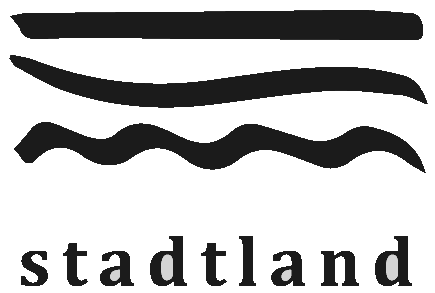Project’s Aim
Rail-based transport system in Austria remains still based on planning and implementation before the previous century, although the urban/regional and transport structures changed largely. Through the mass motorization since the 1950s, the transport infrastructure was largely changed through constructions of new roads and streets, road-network hubs, car parking facilities and so on, while, at the same time, railway transport as well as the settlement structure was largely left behind. Sprawl, low density (population, workplaces etc.), spatial segregation of functionality, relocation into the periphery, etc., worked as a driver towards automobile-adapted urban structures with increasing expenses and efforts for development, maintenance and energy costs, as well as with negative environmental and other impacts such as traffic accidents, noise, particulate matters, separation of communities, etc.
In order to change the course of this critical trend of development, in the planning discourse, especially from the viewpoint of regional planning, a railway-oriented urban and regional development and accessibility optimization is intensively promoted. This planning Approach includes several combinational strategies such as urban development around railway stations, adaptation of railway networks, upgrading the infrastructure and improvement of connections. However, a coordinated urban and transport development seldom works for different reasons, as it faces multifarious challenges such as lack of interest of owners, weak commitment from regional planning, complex structure of stakeholders, lack of financing, etc.
This project BahnRaum aims to strengthen a railway-oriented urban/regional development and optimization of accessibility by applying a holistic approach. BahnRaum’s key Research questions are:
- Which strategies are potential applicable for a railway-oriented urban/regional development, a railway infrastructure and its connection with other transport Systems (including catalog of measures) and how can they implemented successfully?
- How can planning- and stakeholder processes be improved?
- How can we embed coordinated railway-oriented urban/regional developments and optimization of accessibility in planning instruments?
- Which transport and spatial impacts will be addressed through a railway-oriented urban development and optimization of accessibility? And how can thereby the number of railway customers be increased?
Expertise coming from pilot studies,- called pioneers – and experience and knowledge from neighboring countries will be collected and their applicability for Austrian conditions will be researched. Based on the aforementioned analyses and developed methods, pilot regions and projects (2 to 4 projects/regions) will be researched in detail upon an agreement with the client. Collaterally, for these pilot regions, framework strategies will be prepared and discussed, test planning for pilot project will be made and impacts on transport as well as planning processes will be evaluated.
From the gained knowledge, a practice-oriented, clear and compact planning support tool will be developed for integrated further developments of settlements and railways as a Backbone for sustainable development.




